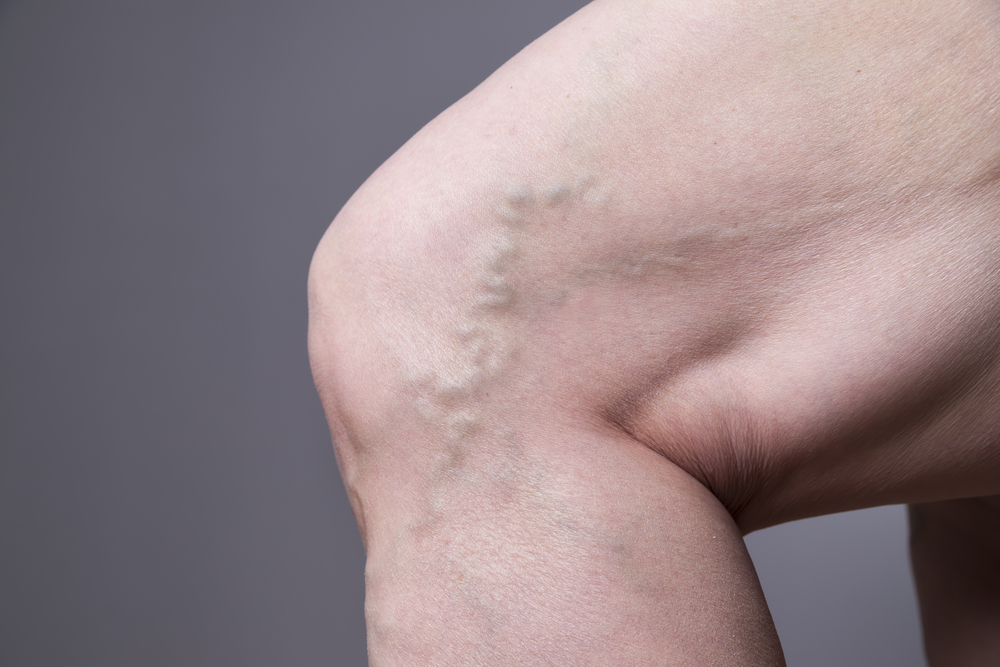Varicose veins are a common problem due to issues with the competency of the valves in the veins of the legs.
Varicose veins are enlarged, swollen, and twisted veins that usually appear dark blue or purple in color. They commonly occur in the legs and can be a result of weakened or damaged vein walls and valves. Here’s some information about varicose veins:
Causes: Varicose veins develop when the valves within the veins become weak or damaged. These valves normally help regulate blood flow and prevent blood from flowing backward. When the valves don’t function properly, blood can pool in the veins, causing them to stretch, enlarge, and become visible.
Risk Factors: Several factors can increase the risk of developing varicose veins, including:
Age: The risk of varicose veins increases with age as veins naturally lose elasticity over time.
Gender: Women are more prone to developing varicose veins than men, possibly due to hormonal influences.
Genetics: A family history of varicose veins can increase the likelihood of developing them.
Pregnancy: Hormonal changes and increased pressure on veins during pregnancy can contribute to varicose veins.
Obesity: Excess weight puts additional strain on veins, potentially leading to varicose veins.
Prolonged standing or sitting: Jobs or lifestyles that involve long periods of standing or sitting can contribute to the development of varicose veins.
Symptoms: Varicose veins can cause various symptoms, including:
Visible, enlarged veins that are twisted or bulging.
Aching or throbbing pain in the legs, especially after prolonged periods of standing or sitting.
Itching or a burning sensation over the veins.
Swelling, particularly in the lower legs and ankles.
Muscle cramps or feelings of heaviness or fatigue in the legs.
Skin changes, such as discoloration, dryness, or the development of ulcers in severe cases.
Complications: While varicose veins are generally harmless and primarily a cosmetic concern, they can lead to complications in some cases. These complications include:
Superficial thrombophlebitis: Inflammation and blood clot formation in a varicose vein, causing pain and redness.
Bleeding: Bursting or injury to a varicose vein can result in bleeding, which may be difficult to stop.
Venous ulcers: Prolonged venous insufficiency can lead to the development of open sores or ulcers, typically near the ankles.
Treatment: Treatment options for varicose veins depend on the severity and symptoms experienced. Conservative measures for managing varicose veins include:
Lifestyle modifications: Regular exercise, maintaining a healthy weight, avoiding prolonged sitting or standing, and elevating the legs when resting.
Compression stockings: Wearing specially designed compression stockings can improve circulation and relieve symptoms.
Minimally invasive procedures: These include procedures like sclerotherapy (injecting a solution into the veins to close them), laser therapy, or endovenous ablation (using heat or radiofrequency to seal the veins).
In severe cases or when conservative measures fail, surgical procedures such as vein ligation and stripping or phlebectomy may be considered.

